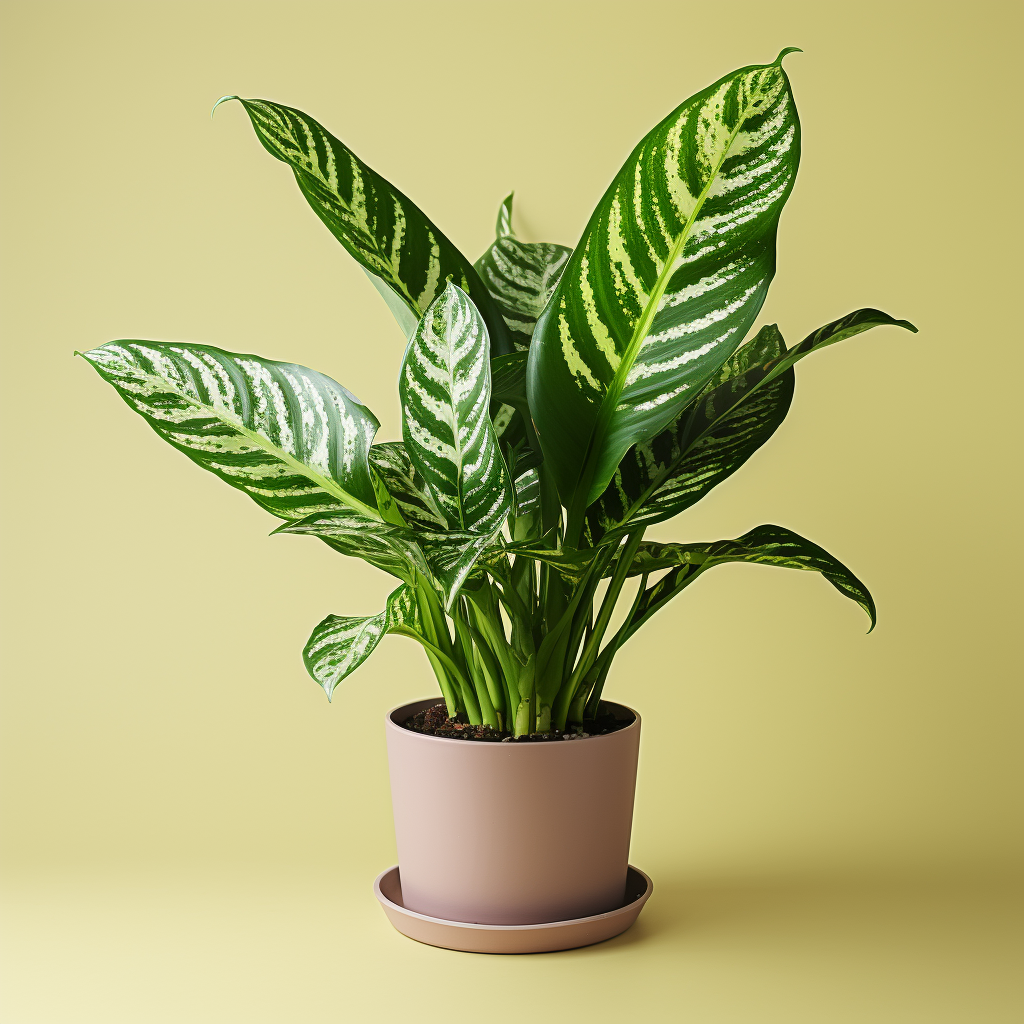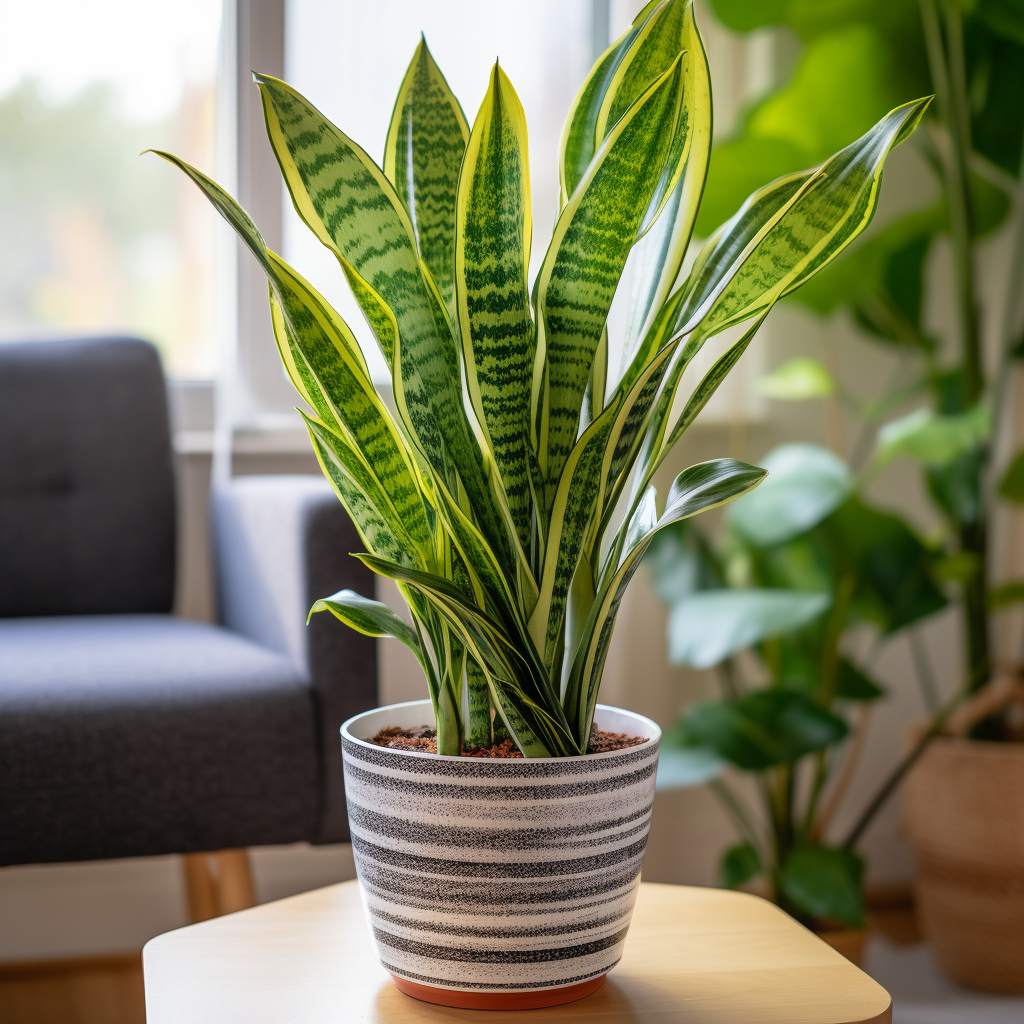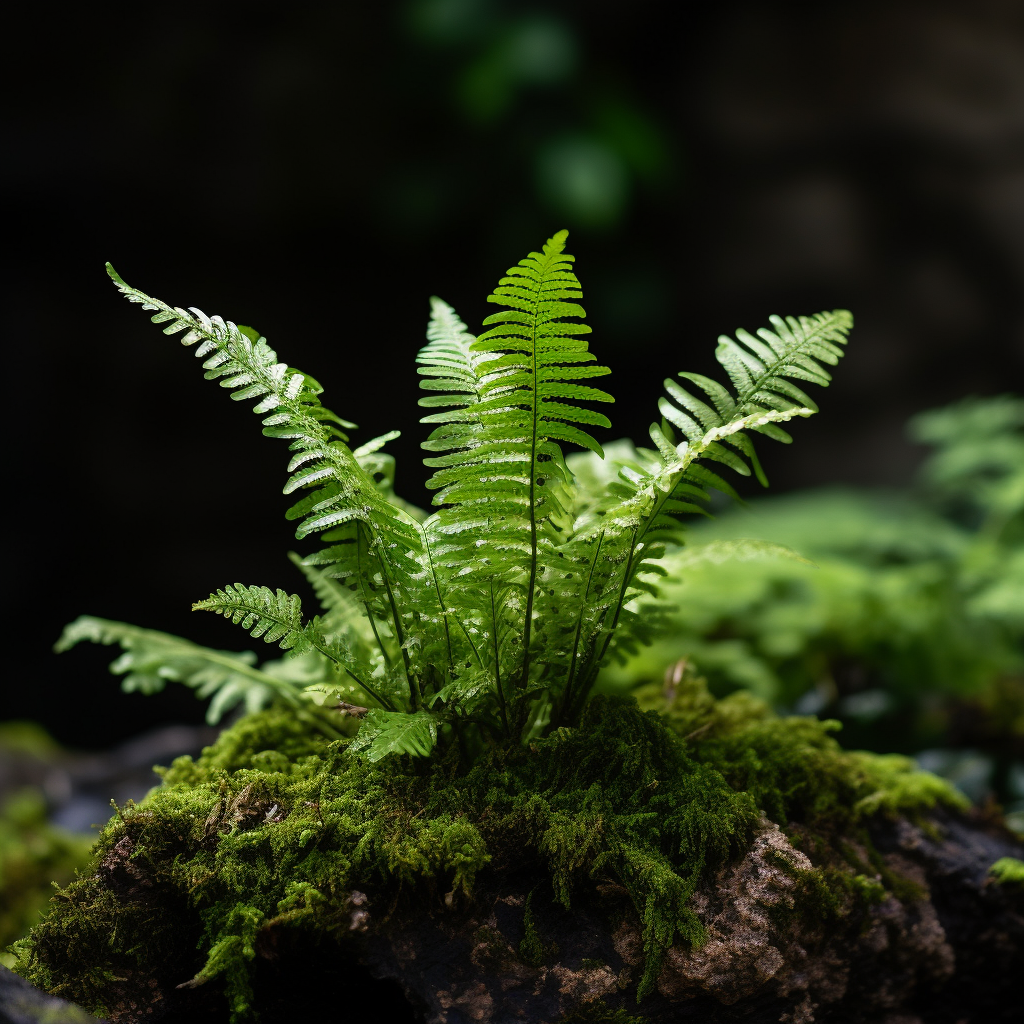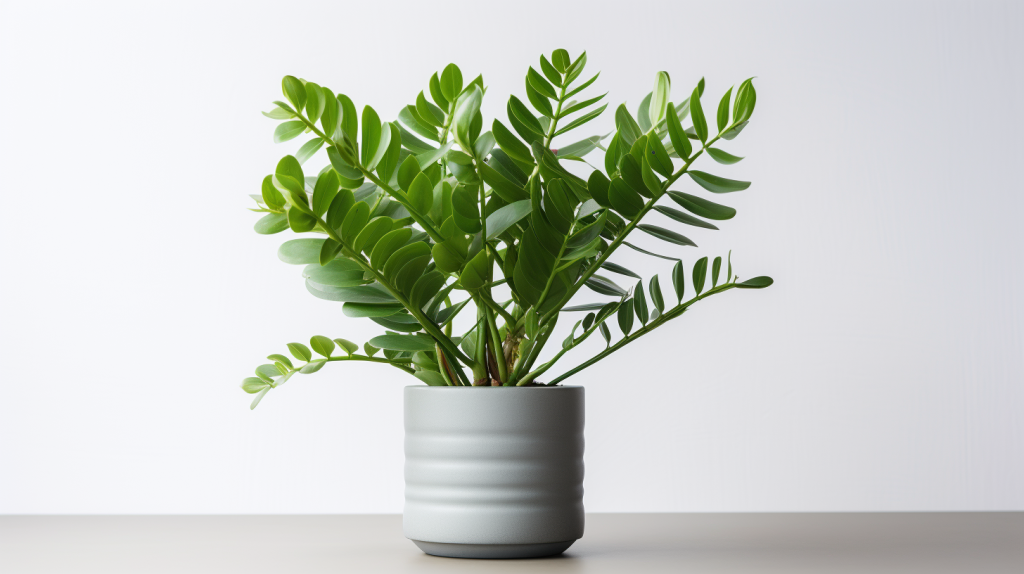The Indoor Pygmy Date Palm, scientifically christened as Phoenix roebelenii, is an embodiment of elegance and simplicity. Exhibiting a gracefully slender trunk crowned with feathery, arching fronds, this palm is reminiscent of the serene beaches and tropical forests of Southeast Asia, its native land. Given its aesthetic appeal, it’s no wonder interior designers and homeowners alike are smitten by its presence.
Facts About Indoor Pygmy Date Palm Plant
- Origin: This gem, hidden within the dense rainforests of Southeast Asia, has now found its way to global fame in home decor and landscape designs.
- Size: The ‘pygmy’ in its name might suggest something tiny, but indoors, expect this green wonder to rise anywhere from 4 to 6 feet.
- Lifespan: Cherish the long-lasting companionship of this palm, for with the right care, it can stick around for a generous few decades.
- Fruits: Beyond its ornamental allure, this palm surprises with its ability to bear tiny dates, albeit in the right conditions.
Care for Indoor Pygmy Date Palm Plant
To keep this palm flourishing, think of replicating its natural habitat:
- Watering: While it relishes moisture, waterlogged roots are a strict no-no. A thorough watering followed by a dry spell is ideal. Ensure the soil remains moist but never soggy.
- Feeding: A balanced liquid fertilizer every month during its growing period will keep its vibrant green hue intact.
How to Grow Indoor Pygmy Date Palm Plant
Embrace the joy of nurturing this palm right from its infancy:
- Soil: A mix of potting soil, sand, and perlite provides the perfect home. It guarantees both nutrition and impeccable drainage.
- Propagation: While seeds are an option, they’re a test of patience. Offshoots or “pups” offer a faster route to expanding your palm family.
Problems that May Occur with Indoor Pygmy Date Palm Plant
Every plant has its quirks and challenges:
- Pests: Keep a vigilant eye out for spider mites and mealybugs. These tiny pests love this palm as much as you do. Organic insecticidal soap might be your savior here.
- Brown Tips: Often a sign of a fluoride aversion or the air being too dry. Consider switching to distilled water and embrace the ritual of misting.
Is the Indoor Pygmy Date Palm Plant Poisonous?
For those with four-legged family members roaming about, the Indoor Pygmy Date Palm Plant offers a sigh of relief. It is notably non-toxic to both feline and canine companions, making it an ideal choice for households where pets love to explore. However, while it’s heartening to know that this palm won’t pose any severe threats, it’s always prudent to keep a watchful eye.
Just as we’d monitor any interactions between our pets and household items, it’s wise to ensure that curious cats and playful pups don’t mistake these gentle fronds for an impromptu treat, not for the plant’s safety but to prevent any potential digestive discomfort for your pets.
Is The Indoor Pygmy Date Palm Plant Indoor Or Outdoor?
The Indoor Pygmy Date Palm Plant truly showcases its adaptability when it comes to its preferred environment. Naturally petite and compact in its stature, it’s often the top choice for interior décor, gracefully complementing living spaces with its lush fronds.
Yet, it isn’t confined to indoor settings alone. For those residing in temperate, warmer climates, this adaptable palm can seamlessly transition outdoors, reveling in the open air and basking under the expansive sky. It’s this duality, the ability to thrive both inside and out, that underscores the Pygmy Date Palm’s versatility as a cherished plant choice for many.
How Much Light Does An Indoor Pygmy Date Palm Plant Need?
The Indoor Pygmy Date Palm Plant, reminiscent of its native tropical habitat, thrives best in conditions that mimic the dappled sunlight filtering through dense rainforest foliage. Think of the scene where a rainforest’s thick canopy plays guardian, allowing only selective rays to penetrate its shield, casting a gentle, sun-kissed glow upon the plants beneath.
While direct sunlight could be a bit overpowering for the delicate Pygmy Date Palm, causing potential harm, it absolutely revels in bright, indirect light. This semi-shaded illumination, reminiscent of its original habitat, ensures the palm not only survives but flourishes, swaying and thriving in its radiant ambiance.
Is Indoor Pygmy Date Palm Plant Fast Growing?
Amid the myriad species that populate the palm world, the Indoor Pygmy Date Palm Plant stands out, not for its rapid growth, but for the grace and allure it exudes over time. If you’re one of those individuals searching for an overnight transformation of your living space, this might not be your go-to plant. However, for those who believe in the art of patience and relish the journey as much as the destination, the Pygmy Date Palm Plant is the ideal companion.
Conclusion on Indoor Pygmy Date Palm Plant
An Indoor Pygmy Date Palm is more than just a plant. It’s a statement, an artwork, and a testament to nature’s beauty. Its graceful demeanor, coupled with its relatively easy-care regimen, makes it a timeless addition to any space. Ready to embark on a tropical journey right in your living room?
FAQs
How often should I repot my Indoor Pygmy Date Palm?
Considering its leisurely growth, a change of residence every 2-3 years keeps it content.
Why are there white spots on my palm’s leaves?
It might be a scale infestation. Remove manually and consider an insecticidal soap.
Do I need a large pot for this palm?
While it does grow tall, its root system isn’t overly expansive. A moderately deep pot works wonders.
Why is my palm leaning to one side?
It’s chasing the light! Ensure even lighting or occasionally rotate the pot.
Can I trim the fronds?
Yes, especially if they’re yellow or brown. It keeps the plant looking fresh and ensures better growth.





